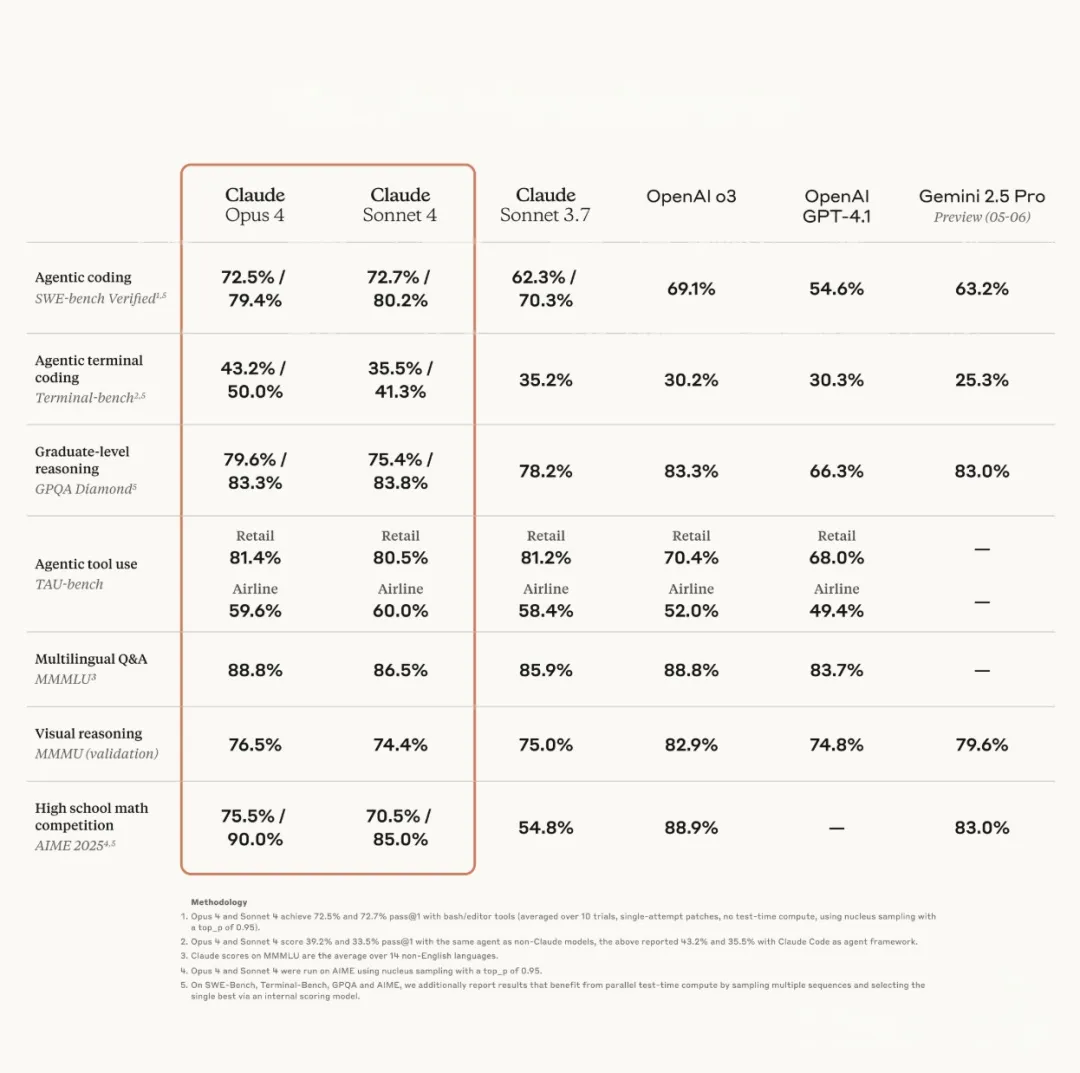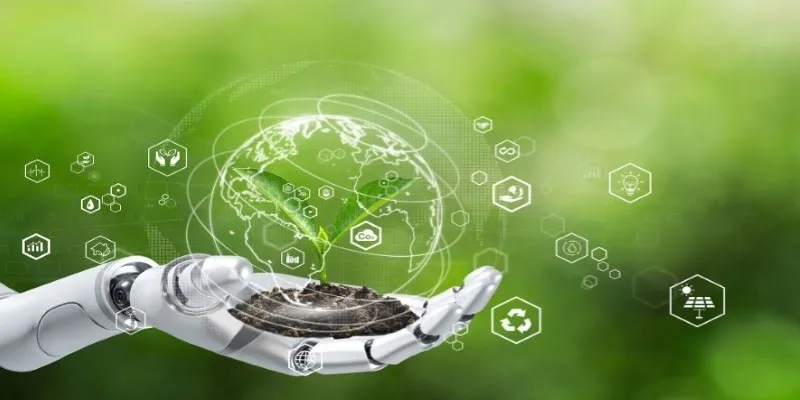Cities are expanding rapidly, with an increasing number of people relocating to urban areas each year. While this urbanization presents opportunities such as enhanced access to jobs and healthcare, it also introduces challenges like traffic congestion, energy shortages, and pollution. Traditional methods are struggling to keep pace. Enter AI for Smart Cities. Artificial Intelligence is becoming indispensable for effective city management.
AI systems can process vast amounts of data, identify patterns, and predict outcomes, empowering city planners to make informed decisions. AI is particularly effective in traffic and energy management, enabling cities to operate more efficiently and improving the quality of life for millions.
The Role of AI in Traffic Management
Traffic congestion is one of the most prevalent issues in large cities. Roads become congested during rush hours, leading to frustration, fuel wastage, and lost time. Traditional traffic management systems can’t cope with the increasing vehicle numbers. AI for Smart Cities is addressing this issue with intelligent traffic management systems.
Modern AI-driven traffic systems utilize sensors, cameras, and real-time data to monitor traffic conditions. These systems can adjust traffic lights according to the current flow of vehicles. Instead of adhering to fixed schedules, lights change as needed, reducing waiting times and enhancing traffic movement.
AI systems also predict traffic flows. For example, they can anticipate potential traffic jams before they occur. In the event of road closures or accidents, AI systems suggest alternative routes to drivers through apps or signboards, preventing unnecessary congestion.
Moreover, AI is revolutionizing public transport management. Bus and train routes can be optimized based on real-time passenger volumes and traffic conditions, improving public transport reliability and discouraging private vehicle use, thus reducing road traffic.
AI for Smart Cities is also enhancing parking management. Intelligent parking systems guide drivers to available parking spaces, minimizing search time and reducing both fuel consumption and traffic.
Energy Management with AI
Energy management poses another critical challenge for modern cities. As the population and businesses increase, so does the demand for electricity. Efficiently managing this demand while minimizing energy waste is crucial for a sustainable future. AI for Smart Cities is proving to be a valuable asset in this area.

AI aids in the real-time monitoring and management of energy consumption. Smart grids powered by AI can automatically balance electricity supply and demand. For example, during peak hours, the AI system can adjust power distribution to prevent grid overloads, avoiding power outages and ensuring smooth city operations.
Additionally, AI is being implemented in smart buildings. These buildings utilize sensors to gather data on energy use, lighting, heating, and cooling systems. The AI analyzes this data to optimize energy consumption, dimming lights when there’s ample natural sunlight and adjusting heating or cooling based on room occupancy.
AI also facilitates renewable energy management. While solar and wind energy are clean, they’re unpredictable. AI systems can forecast weather patterns and adjust energy storage and distribution accordingly, ensuring efficient use of renewable energy without disrupting supply.
Furthermore, AI can detect faults in energy infrastructure, identifying when maintenance is needed before failures occur, saving on repair costs and preventing energy losses. AI for Smart Cities is making energy management smarter, more efficient, and environmentally friendly.
Real-Life Examples of AI in Smart Cities
Several cities around the world have already implemented AI for Smart Cities projects focusing on Traffic and Energy Management.
In Singapore, an AI-driven traffic management system adjusts traffic signals according to real-time conditions, significantly reducing traffic waiting times. It also manages public transport by predicting bus arrival times and providing real-time updates to passengers.
Barcelona uses AI to manage energy with smart streetlights that adjust brightness based on movement and time of day, conserving energy while ensuring safety. Smart buildings in Barcelona also employ AI to efficiently manage heating, cooling, and lighting.
In the United States, cities like Los Angeles and San Diego have invested in smart parking systems. These systems guide drivers to empty parking spaces, reducing traffic congestion and emissions.
Moreover, AI-powered smart grids are being used in various European cities to balance energy consumption and effectively integrate renewable energy sources. These examples demonstrate that AI for Smart Cities is no longer a concept but a practical solution with proven benefits. For more insights into smart city innovations, you can explore resources from Smart Cities Dive.
The Future of AI in Smart Cities
As technology evolves, the future of AI in Smart Cities appears promising. We can anticipate more adaptive traffic and energy management systems that foresee and resolve issues before they arise, enhancing residents’ daily lives.

In traffic management, AI could enable systems to communicate directly with vehicles, optimizing routes in real time. Self-driving cars may collaborate with AI infrastructure to improve traffic flow. Similarly, energy management will become more integrated, with future smart grids adapting energy sources based on weather, demand, and other factors.
The ultimate goal of AI in Smart Cities is to create urban environments that are efficient, sustainable, and responsive to citizens’ needs. This integration will revolutionize how we live and work, making cities smarter, more resilient, and better prepared for future challenges. AI’s potential to transform urban life is vast, paving the way for cities that truly serve the people who live in them.
Conclusion
AI for Smart Cities is revolutionizing urban living by enhancing traffic management and energy efficiency. By leveraging real-time data and predictive analytics, AI systems optimize traffic flow and reduce congestion while improving energy distribution and sustainability. As cities continue to grow, AI’s role in addressing these challenges becomes increasingly vital. With smarter, greener solutions, AI is paving the way for more efficient, livable, and sustainable cities for future generations.
 zfn9
zfn9























